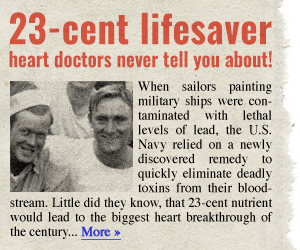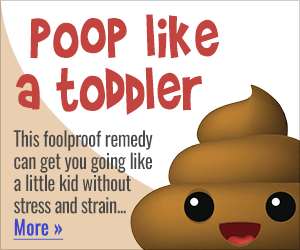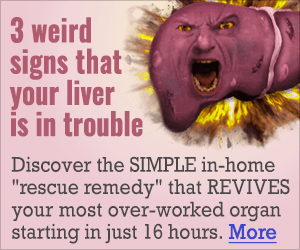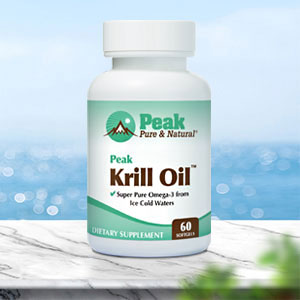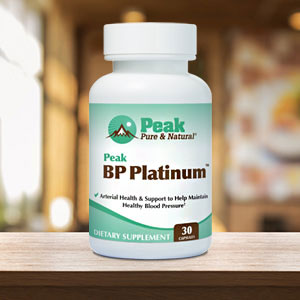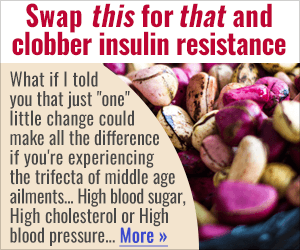Get Easy Health Digest™ in your inbox and don’t miss a thing when you subscribe today. Plus, get the free bonus report, Mother Nature’s Tips, Tricks and Remedies for Cholesterol, Blood Pressure & Blood Sugar as my way of saying welcome to the community!
Protective psychedelics may rewire the brain following stroke
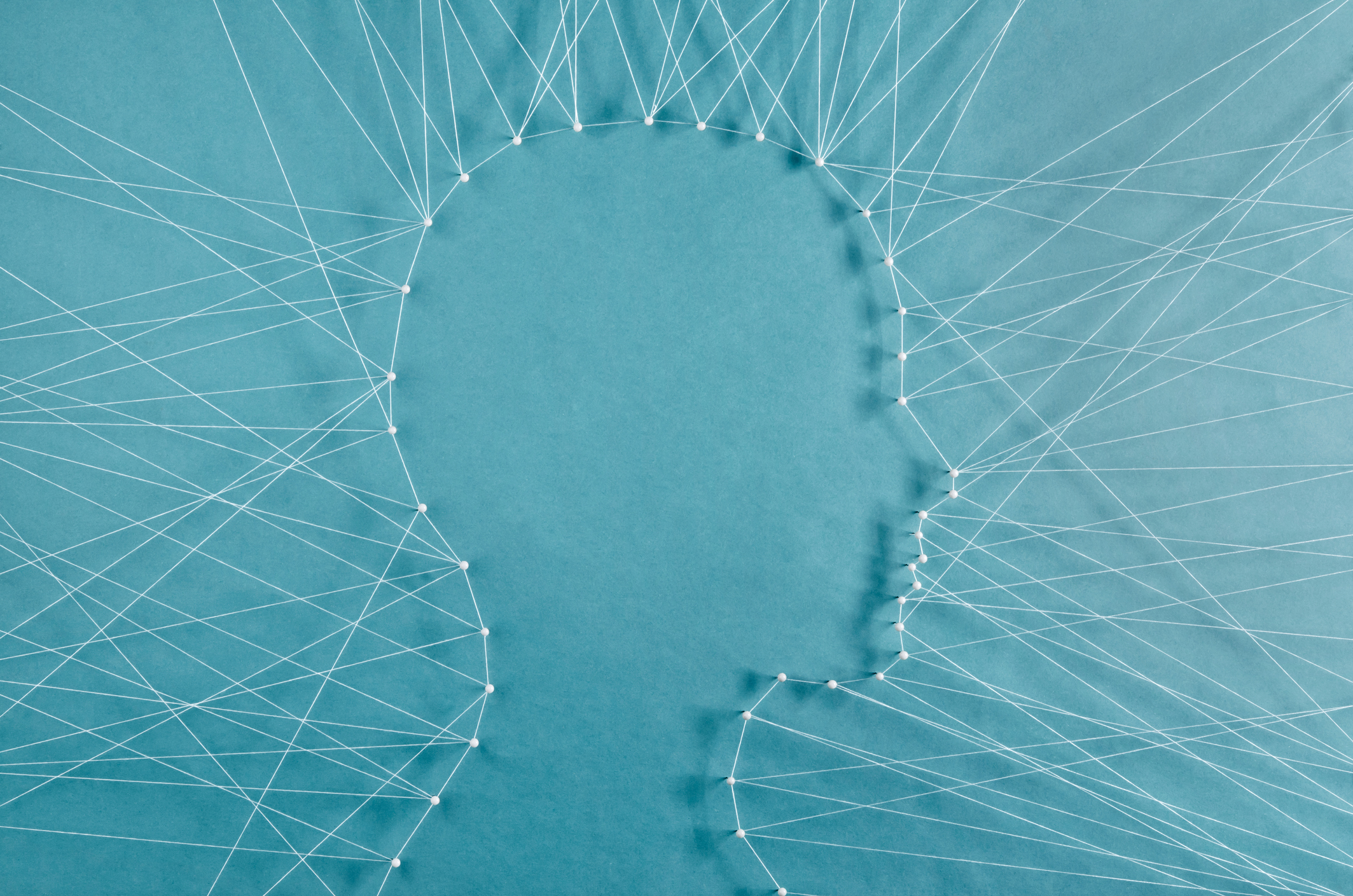
In the United States, someone suffers a stroke every 40 seconds. And while strokes are the fifth most common cause of death in our country, they also rank as a leading cause of disability due to the damage to the cells and wiring of the brain that survivors are all too often left with.
But researchers have a drug they believe could minimize the damage to the brain that occurs during a stroke — and they are ready to test it.
It’s key, however, that the drug be administered almost immediately. So, with the help of EMTs, stroke victims may be given the hallucinogenic drug dimethyltryptamine as they speed in an ambulance on the way to the nearest hospital.
Mirroring the effects of LSD to save the brain from stroke
Dimethyltryptamine has the same type of psychedelic effects as illegal options, such as LSD or even psilocybin or “magic” mushrooms. But experts point out that the microdose planned for Phase 1 of the trials, though sufficient for conferring potential brain rewiring benefits, should be too small to trigger hallucinations in any of the prospective stroke patients.
So, what is dimethyltryptamine or DMT?
It’s a psychoactive compound found in ayahuasca — a drink used in the rituals of traditional shamans in South America for centuries. The psychedelic brew is made from the leaves of the Psychotria viridis shrub and the stalks of the Banisteriopsis caapi vine.
Together, these two plants have a potent effect on the central nervous system that can lead to hallucinations, an altered state of consciousness, euphoria, and out-of-body experiences, earning it the nickname “spirit molecule.”
Over the past decade or so, it’s made its way to the United States as a recreational drug.
Dimethyltryptamine: New brain cells and improved motor function
Past studies examining rats with brain damage have demonstrated the ability of DMT to not only improve motor function but also stimulate the formation of new brain cells.
And because of this, scientists at Canadian company Algernon Pharmaceuticals believe DMT could be the answer to less brain damage and better function following stroke.
You see, research has shown that following a stroke, the brain attempts to rewire itself to preserve function — a process that occurs within just a few hours of the initial injury.
The Algernon researchers suggest that, given the promising results DMT has shown in rats, it could provide the answer to supporting this process, possibly speeding it up and delivering a faster and more complete recovery for stroke victims.
They hope that DMT can be used to enhance neuroplasticity and stimulate nerve cell growth in the brain, thereby promoting healing.
In Phase 1, they plan to start giving DMT to stroke patients while they’re still on the way to the hospital.
After that? Algernon hopes that if the first phase of trials proves successful, regulators will approve the broader use of the treatment. In the second and third phases of the trial, Algernon aims to continue DMT treatments in both the short and long term to demonstrate the efficacy of the treatment.
UPDATE 2025:
Algernon has already completed a Phase 1 trial in the Netherlands to assess the safety and tolerability of a prolonged intravenous infusion of DMT (AP-188) in healthy volunteers. The trial successfully met all safety criteria, with participants receiving doses high enough to show promise in preclinical models but low enough to remain sub-psychedelic.
Algernon is advancing to a Phase 2a clinical trial for acute ischemic stroke. This randomized, double-blind, placebo-controlled study will involve 40 patients in Hungary and is planned to begin in the third quarter of 2025. The trial’s primary endpoint is safety, with secondary endpoints focused on efficacy indicators such as motor function recovery, cognitive function and lesion volume.
Editor’s note: What do you really know about stroke? The truth is, only 10% of stroke survivors recover almost completely, and all doctors can offer is what to do after a stroke occurs. That’s unacceptable considering 80% of strokes are preventable! Click here to discover how to escape The Stroke Syndrome: 5 Signs it’s Stalking You — Plus the Hidden Causes and Preventive Measures You’ve Never Heard About!
Sources:
Stroke Facts – CDC
STROKE VICTIMS TO BE GIVEN PSYCHEDELIC DRUG DMT IN FIRST-EVER US CLINICAL TRIALS – Waking Times



